Moving indoors from the dark street life of “Codeine Road”, the “California Fishing” video sees Greg and his band holed up in a suburban house, which, according to the YouTube description, was Greg’s flat.
Directed by Jonathan King, most of the action takes place in the lounge, with the band in full flight. There’s a nice feel to the location, and it doesn’t seem like much set dressing has been done. Yeah, it’s just Greg’s flat.
Sometimes we see Greg by himself, sitting on a couch, strumming his guitar. And we also catch glimpses of a moody young woman, smoking cigarettes and ready trashy paperbacks. She’s obviously not fussed by the rock band going for it in the next room.
“California Fishing” is a rollicking rock song, that would more traditionally be given a big outdoors video, complete with open-top cars. But keeping all the action in a house, the tension between the lyrics and the reality is increased. Stuck in suburban Auckland, California dreaming of California fishing.
Best bit: the old homemade birthday card, with a photo of young Greg riding a toy Jeep.
Director: Jonathan King
Next… the intergalatic spaceshack.


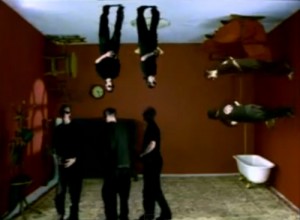 This is pretty much the ultimate Supergroove video. Like a lot of their vids, it feels like every single effect in the video editing software has been used. Why have all seven band members in shot when you can have a border of 20 Supergroove heads around the shot? And shall we throw in some flames for good measure? Yeah, why not!
This is pretty much the ultimate Supergroove video. Like a lot of their vids, it feels like every single effect in the video editing software has been used. Why have all seven band members in shot when you can have a border of 20 Supergroove heads around the shot? And shall we throw in some flames for good measure? Yeah, why not!
 Strange things are afoot at the Moturemu Motel, where Fiona McDonald plays a bored clerk at the kitschy motel. In real life it’s in Parakai, but it has a not-quite-New-Zealand feel to it.
Strange things are afoot at the Moturemu Motel, where Fiona McDonald plays a bored clerk at the kitschy motel. In real life it’s in Parakai, but it has a not-quite-New-Zealand feel to it.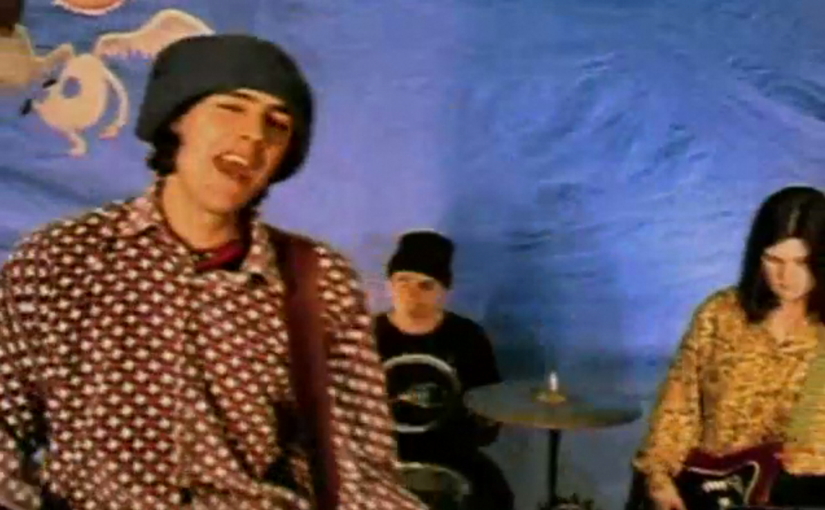

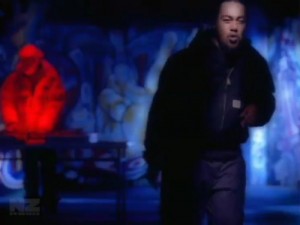 It was 1996. Supergroove had regrouped as a serious rock band, squeezing out Che Fu. DLT had left Upper Hutt Posse and was branching out as a solo DJ and producer, and everyone hated the French because they had resumed testing nuclear weapons in the South Pacific. These three factors combined to create “Chains”, one of the greatest New Zealand songs.
It was 1996. Supergroove had regrouped as a serious rock band, squeezing out Che Fu. DLT had left Upper Hutt Posse and was branching out as a solo DJ and producer, and everyone hated the French because they had resumed testing nuclear weapons in the South Pacific. These three factors combined to create “Chains”, one of the greatest New Zealand songs.

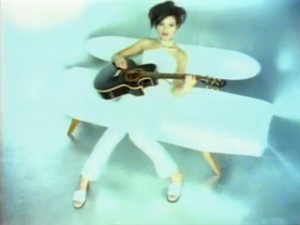 Bic is back with her second single, “Bursting Through”. The video is much more sophisticated than the previous “Drive” video. A line has been drawn and Bic is now very much on the grown-up, sexy side of it.
Bic is back with her second single, “Bursting Through”. The video is much more sophisticated than the previous “Drive” video. A line has been drawn and Bic is now very much on the grown-up, sexy side of it.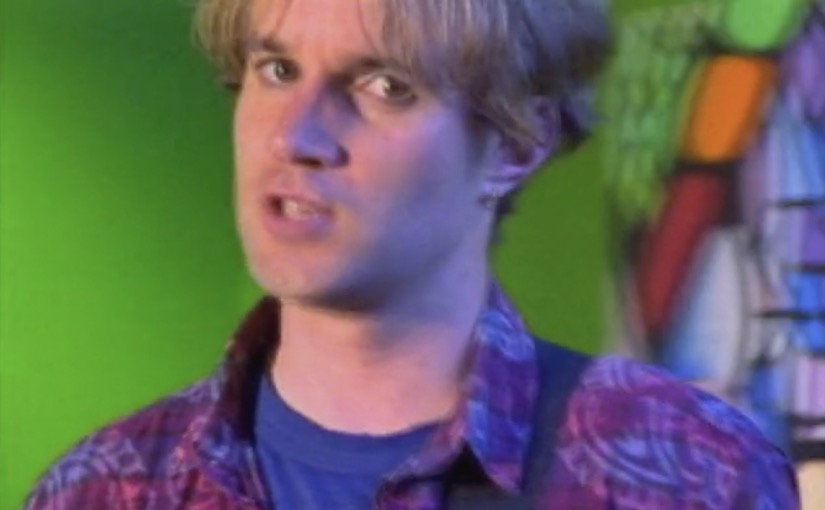
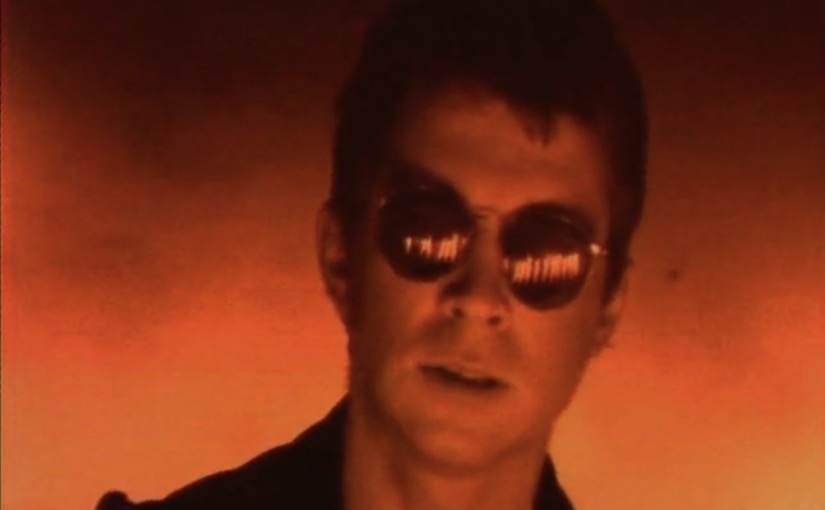
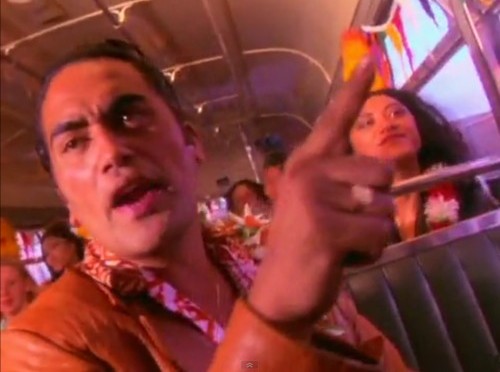
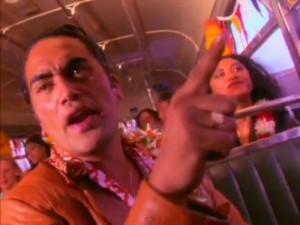 Modern life is tough for Pauly Fuemana. As he plays chess with his glamorous friends in a cool urban cafe, he starts to think back to his carefree childhood in the mystical Island Bay. But it’s not the windy Wellington suburb. Pauly’s Island Bay is a warm sunny seaside spot that filled with the joy of the Pacific Islands.
Modern life is tough for Pauly Fuemana. As he plays chess with his glamorous friends in a cool urban cafe, he starts to think back to his carefree childhood in the mystical Island Bay. But it’s not the windy Wellington suburb. Pauly’s Island Bay is a warm sunny seaside spot that filled with the joy of the Pacific Islands.